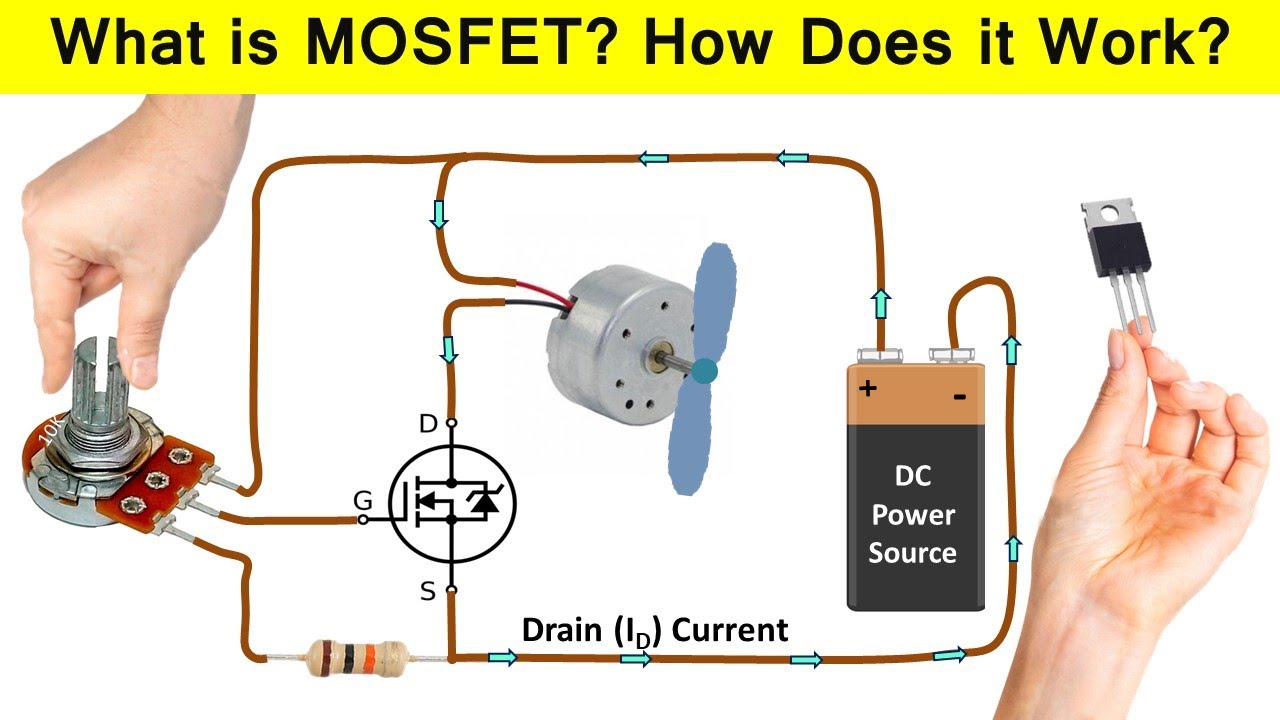Today, I wanted to mess around with MOSFETs, you know, those little electronic switches. So, I decided to define “MOSFET” for myself, not in some textbook way, but by actually playing with one. Here’s how it went down.

Getting Started
First, I grabbed a breadboard, a power source, some jumper wires, an LED, a resistor (very important, don’t want to burn anything!), and, of course, a MOSFET. I think I used an N-channel MOSFET, because it is easy to get.
Setting Things Up
I started by placing the MOSFET onto the breadboard. Then, I connected the power source’s positive terminal to one end of the resistor. The other end of the resistor went to the positive leg (the longer one) of the LED. The negative leg of the LED got connected to the Drain pin of the MOSFET.
Next, I connected the Source pin of the MOSFET to the negative terminal of my power source. It is usually called GND.
The Tricky Part – The Gate
This is where the magic happens. The Gate pin is like the control switch for the MOSFET. I took a jumper wire and connected it to the Gate. Now, here’s what I did:
- Touching the Gate wire to the positive power source: Boom! The LED lit up. This means the MOSFET is “on,” allowing current to flow from the Drain to the Source.
- Touching the Gate wire to the negative power source (GND): The LED turned off. The MOSFET is now “off,” blocking the current.
My “Aha!” Moment
So, by simply controlling the voltage on the Gate pin, I could turn the LED on and off. That’s basically what a MOSFET does – it acts like a voltage-controlled switch. It uses a small voltage (at the Gate) to control a larger current flow (between the Drain and Source).

What I Learned
MOSFET: It stands for metal-oxide-semiconductor field-effect transistor.
It’s like a little gatekeeper for electricity. You give it a small signal (voltage at the Gate), and it decides whether to let the big flow of electricity pass through (from Drain to Source). It’s all about controlling current with voltage. I can actually use it to control things much bigger than an LED, like motors, with just a tiny signal.
This whole experiment, though simple, really helped me understand what people talking about “define MOSFET” in a practical way.

